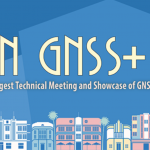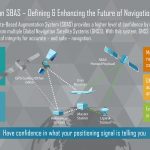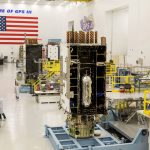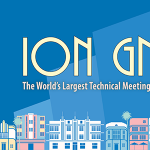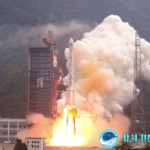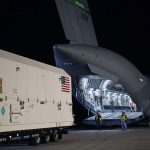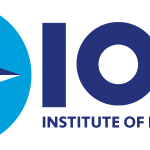GNSS Zeitgeist at ION GNSS+ 2018
As ION GNSS+ 2018 approaches, we are entering the era of GNSS+ for all. All the considerations are at or very near full operational capability; dual frequency and precise spreading codes are available, free, for civilian use; raw measurements, including carrier phase, can be pulled from smartphones; and emergency services can now access the most accurate location available on your phone, indoors and out.
By Inside GNSS

